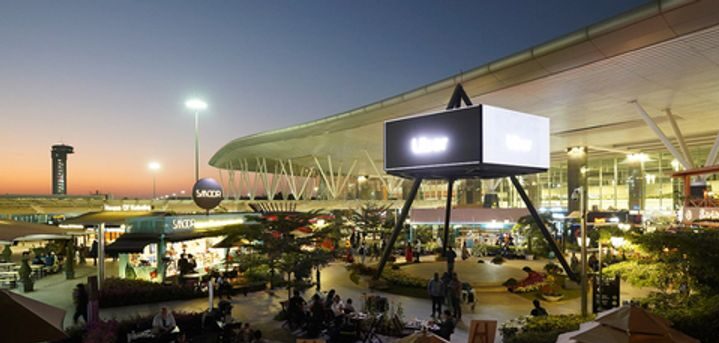Kempegowda International Airport, Bengaluru (BLR), has become an important transfer hub for South India and is playing a key role in the growth of India’s aviation sector.
The Indian aviation sector has more than doubled from around 169 million in FY 2013/14 to around 341 million in 2019/20, a growth of over 10% per annum. In the past two decades, a steady influx of low-fare carriers, superior regional connectivity to far-flung cities and a rise in regional air travel have transformed Indian aviation.
To cater to growing transfer numbers, BLR Airport has augmented two of its existing transfer zones by creating an additional lane for smooth transfer of passengers.
BLR Airport has already facilitated the growth through creating connectivity to non-metro cities and driving regional economic growth as a result. In 2021, BLR Airport served 74 domestic destinations – the highest ever since its opening date – compared with 54 routes before the beginning of the Covid-19 pandemic. These additions have mainly been to non-metro destinations, and as a result, flights to non-metro routes have shown a considerable increase from 58% (before Covid-19) to 63% in 2021. Moreover, throughout 2021, traffic on non-metro routes increased by 27%, reinforcing strong demand on these city pairs.
During 2021, nearly 19% of traffic at BLR Airport consisted of transfer passengers in comparison to the 10% it made up before Covid-19. The major airports contributing to high volumes of transfer passengers at BLR Airport were Chennai, Kochi, Hyderabad and Goa.
Apart from the increase in non-metro connectivity, the geographical location of Bengaluru and the growing economy of the State of Karnataka has helped in positioning BLR as a major aviation gateway of South and Central India. BLR Airport offers a wide catchment area of 23 cities within a convenient flying time of 75 minutes. This, coupled with growth in non-metro connectivity, has helped in building the transfer traffic market at BLR Airport. The transfer traffic flow has helped in strengthening loads on other domestic and international routes as well. Moreover, this catchment area serves a population of 256 million people (i.e., one-fifth of India’s population).

